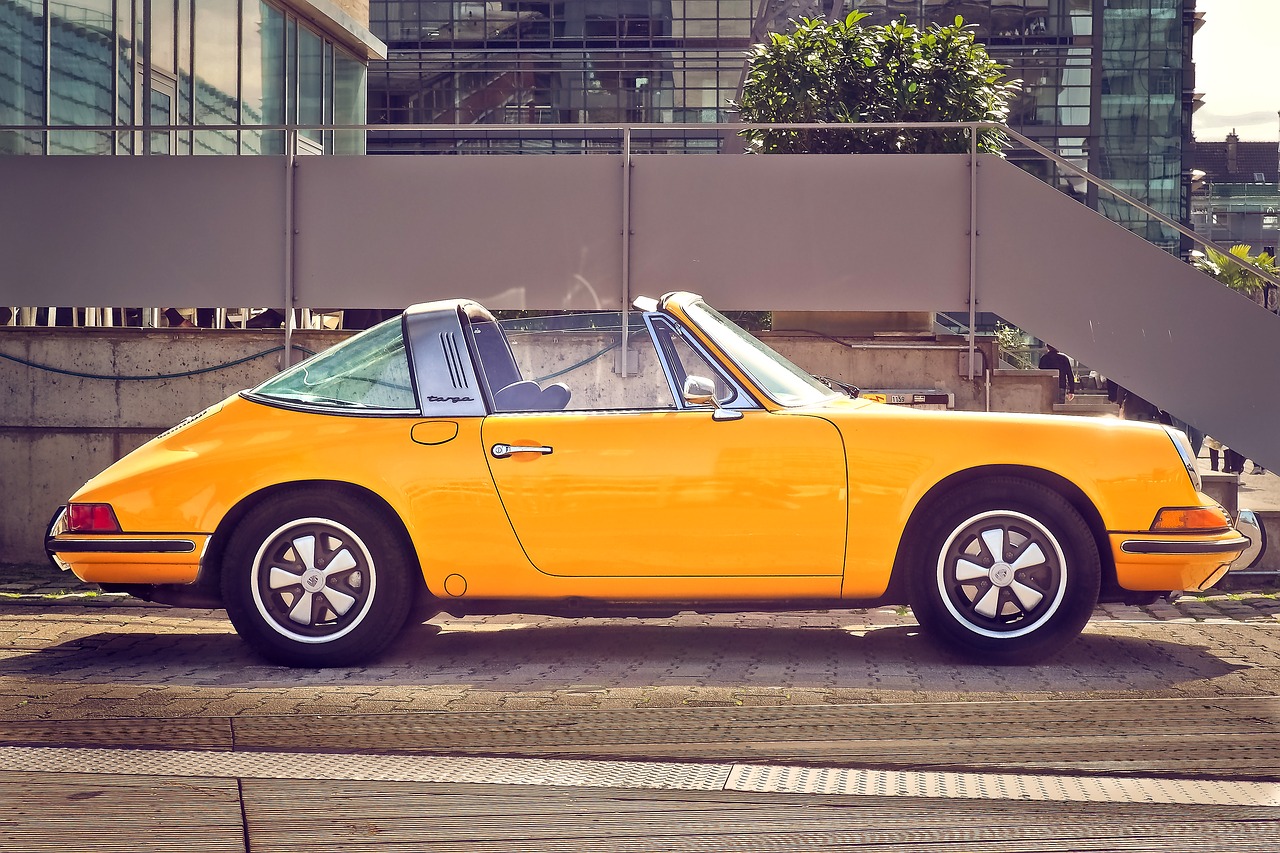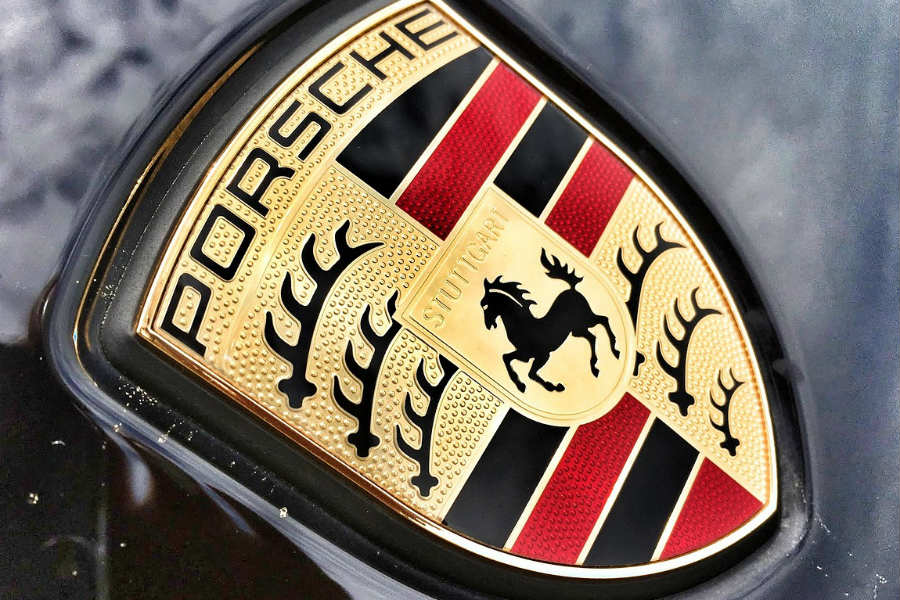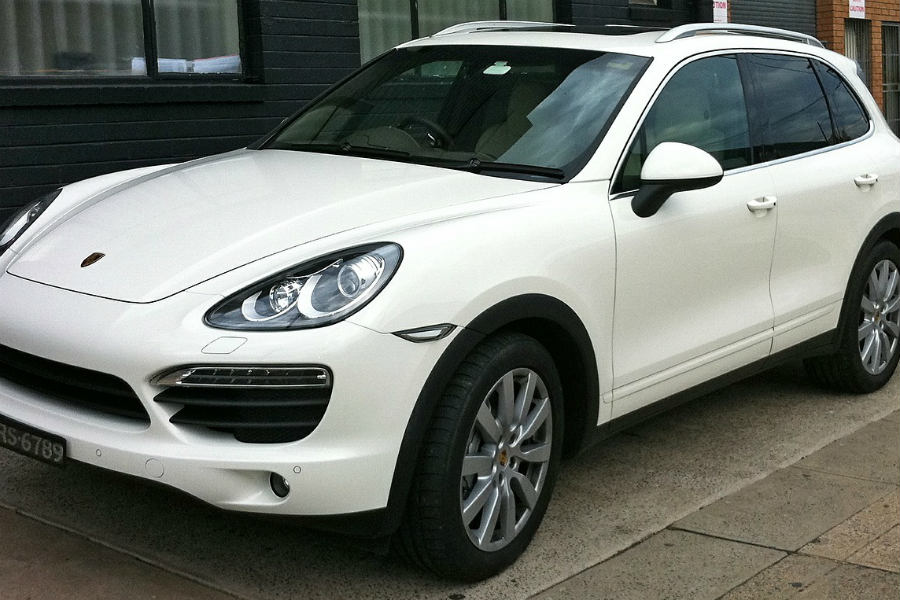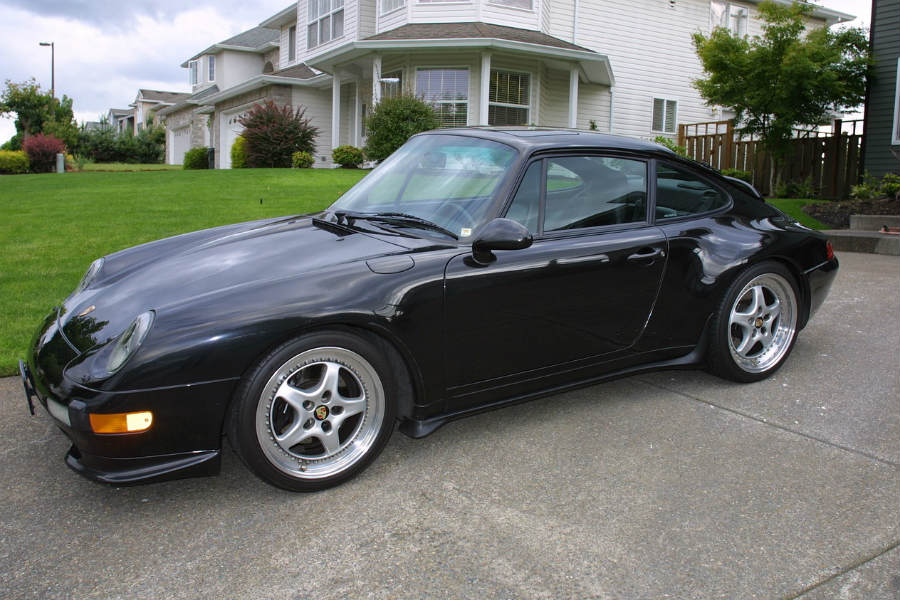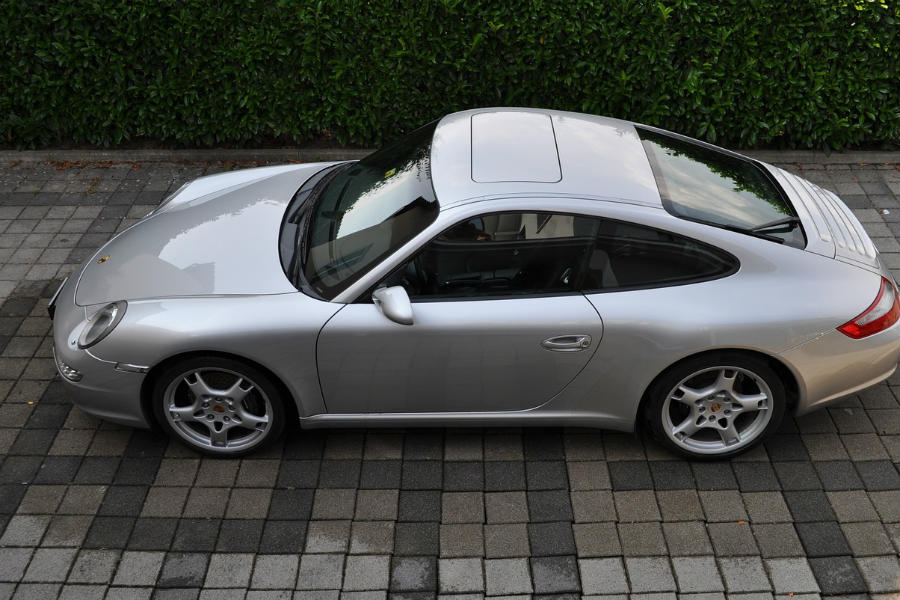
When You Find a Porsche 911 for Sale
If you are shopping for a Porsche 911, finding one for sale shouldn’t be too much of a challenge. Finding the perfect 911 is the hard part. The Porsche 911 is an icon for a legendary brand and the initial design was magic, that just got better over time. The 911 gives many options and variations to choose from. The first step to finding your dream car is identifying which qualities in a 911 are most important to you. Are you shopping for sheer speed? Do you need something powerful but luxurious? Are you looking for a perfect blend of performance and comfort or does your heart desire the fastest vehicle possible? The first step to purchasing your perfect Porsche car is to narrow down your wants and preferences and prioritize the items most important to you.
Used Porsche 911 Buying Guide
You need to consider all aspects of your potential Porsche 911 including these three possible deal breakers: age, trim, and engine.
When looking at a used Porsche 911, you need to consider the innovations and changes that have come over time. The oldest 911’s will come with more challenging steering and air cooled engines. The newer 911’s reflect the benefit of improvements and technology and are produced with more power and lighter weight materials. Not everyone is a fan of the new and improved models as they also come with water cooling systems and technology that can handle the challenge of driving for you. An additional consideration with an older 911 is the cost of any necessary restoration. While we have a team of Porsche specialists that can restore any 911 to its original glory, you should consider the time and financial investment needed prior to purchasing any vehicle. In addition tho this facts, it should be oil leak free.
The trim varies greatly throughout the Porsche 911’s history. The Carrera, Targa, Turbo and GT3 are the 4 major trims available for various 911’s. The Carrera is considered the base model while today’s Targa comes with a retractable, partially removable roof. The Turbo is a faster version of the base model and the GT3 is geared towards racing. The GT3 may not be the fastest variation on a straightaway but it built for speed and handling on a track. There are dozens of additional offshoots from these four primary categories.
The next consideration is the engine of your dreams. The Porsche 911 simply outdoes itself in offering a huge range of options, horsepower and torque. A Carrera or Targa 4 engine comes equipped with a 3.4 liter flat 6 engine that gives up to 350 horsepower and 287lb per foot torque. Meanwhile, a wide range of 911’s such as the Carrera S, Targa S, and Turbo S utilize a 3.8 liter flat 6 engine with more maximum horsepower and torque. If that’s just not enough you can look into the GT3 RS and its 4 liter flat 6 engine that comes with a maximum 500 horsepower and 338 lbs per foot torque.
Vehicle specs aside there are some other important things to keep in mind when choosing the used 911 of your dreams. First and foremost, you need to buy the Porsche you want. Everyone will have an opinion. Porsche’s history and offerings are too plentiful for everyone to agree on which model is the best one. Don’t be swayed by your buddies, your coworkers or resale considerations. At the end of the day, people buy Porsche’s for the sheer pleasure they bring. Make sure you are buying the 911 that best suits you and makes your inner child giddy with joy.
Professional Guidance in Buying a Porsche 911
You have many avenues available to you when looking at buying a used Porsche 911. Our favorite choice is an Official Porsche Center (OPC). These centers sell cars that are held to Porsche standards and include a two-year warranty. This gives you some protection in the event there are unforeseen issues. You can also purchase your 911 from an auction but it is hard to vet the vehicle and its history. This can be a much more challenging proposition that comes with the possibility of expensive repairs. Private dealers can also be a good way to purchase. Private dealers should offer a discounted price but quality cars priced well will usually go fast. If you decide to use a private dealer you should always be prepared to get the vehicle checked out prior to completing the purchase. Contact our experts at TurboKraft and allow us to do a thorough inspection of the vehicle. We can give you an honest assessment of the vehicles condition and estimate costs for any immediate issues that need to be addressed. We can also give you an estimate for any restoration or customization services required to make the vehicle absolutely perfect. When it comes to your future Porsche 911 don’t settle: consult with experts, do your research, and with our help you can easily buy or create the perfect 911 for you.
Contact our Porsche experts at TurboKraft and allow us to do a thorough inspection of the vehicle. We can give you an honest assessment of the vehicles condition and estimate costs for any immediate issues that need to be addressed. We can also give you an estimate for any restoration or customization services required to make the vehicle absolutely perfect. When it comes to your future Porsche 911 don’t settle: consult with experts, do your research, and with our help you can easily buy or create the perfect 911 for you.


